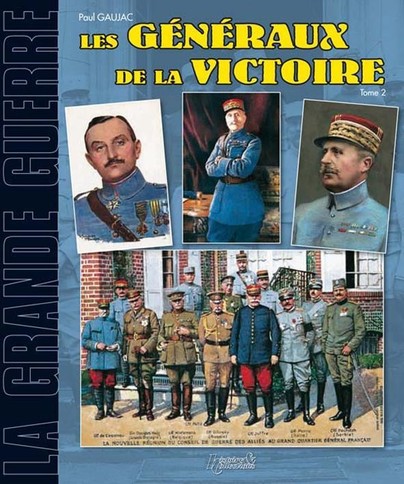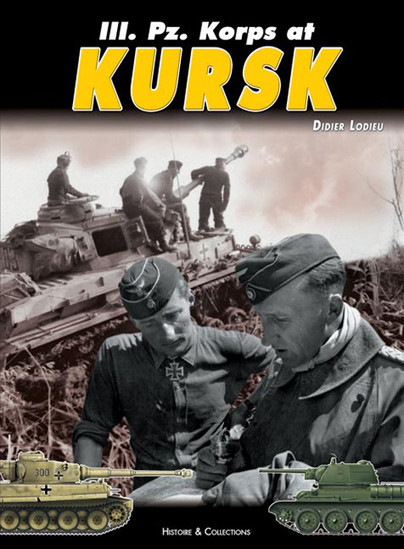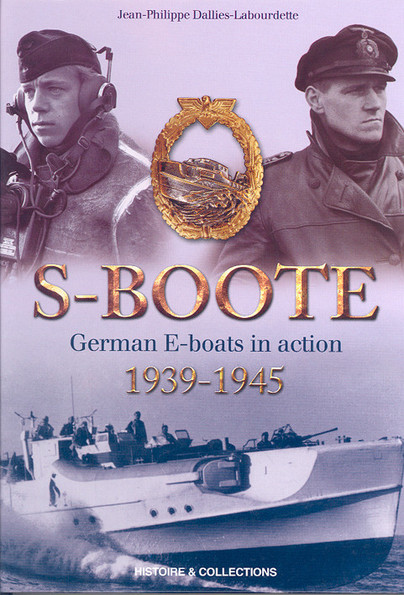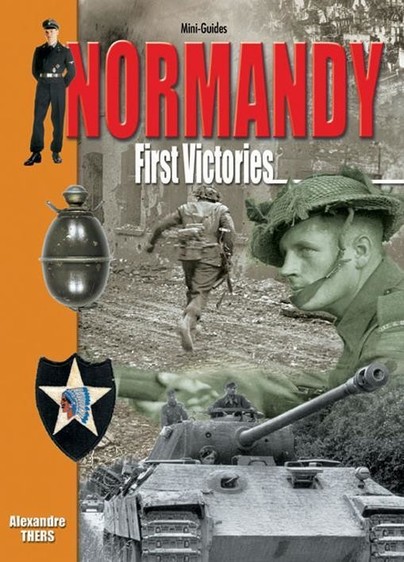Each mini-guide allows the reader to get to know more about a region's history, linking historical events with places of interest and sites of note, as well as providing an unprecedented visual feast of contemporary photographs, uniforms, badges and equipment - all in full color. Practical information is included in each mini-guide and itineraries are suggested for those wishing to visit battlefields, monuments, memorials and museums. By the dawn of 7 June some 152,000 Anglo-American troops had set foot on the Normandy coast, testimony that the D-Day landings had been a success.
But the battle was far from over; beachheads had to be reinforced and troops prepared to face the inevitable German counterattack. The weather, too, added to the uncertainty as it had the power to interrupt supplies and reinforcements. The American objective was to seal off the Cotentin peninsula, thereby forcing the surrender of the massive port of Cherbourg. For the British, Caen, capital of Lower Normandy and gateway to Paris, became the target. They prepared to launch a quick and formidable blow to seize the place but were frustrated a handful of miles from the town by German panzers. Would the Allies be able to break out and end the campaign with a decisive blow?







